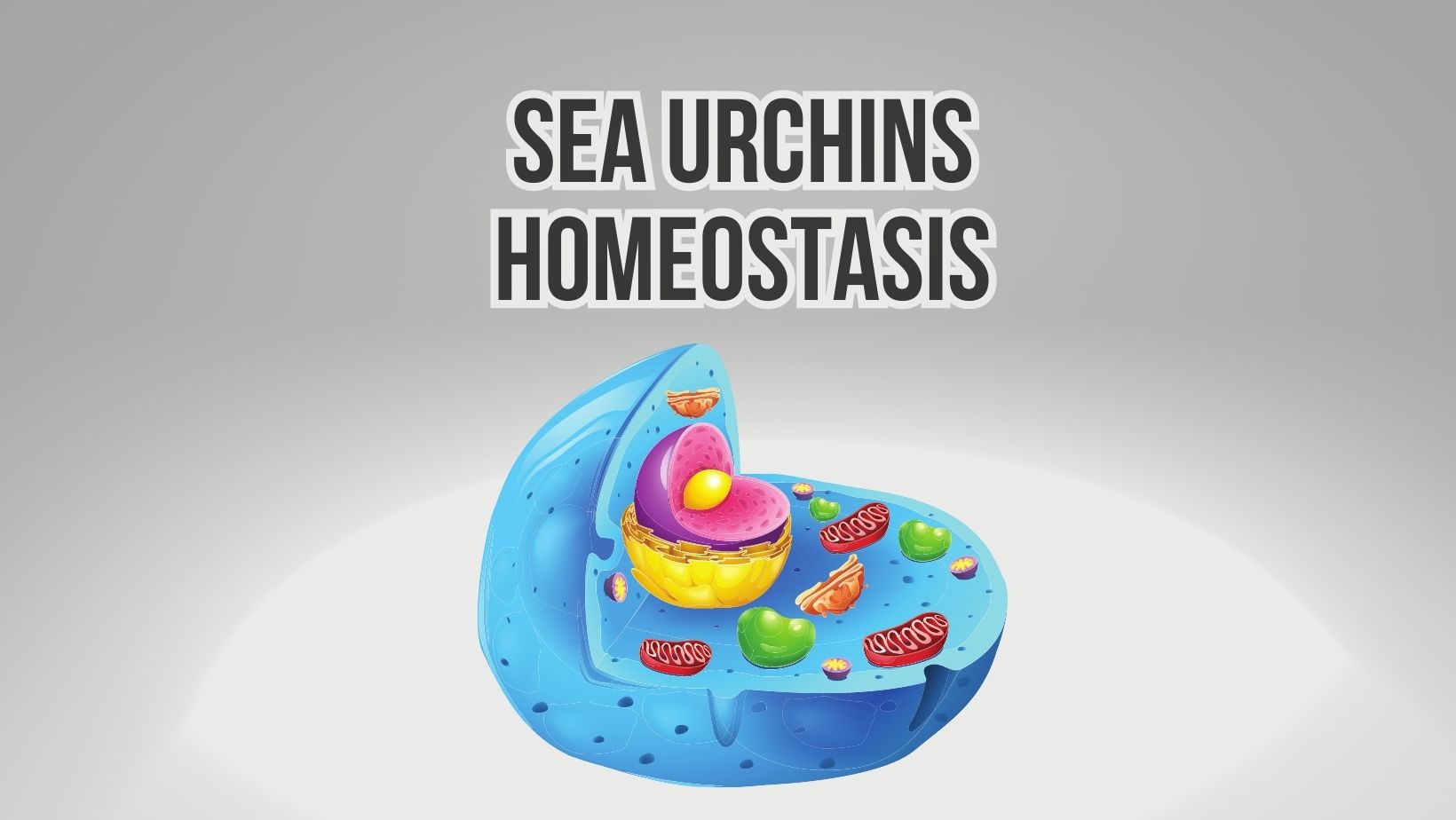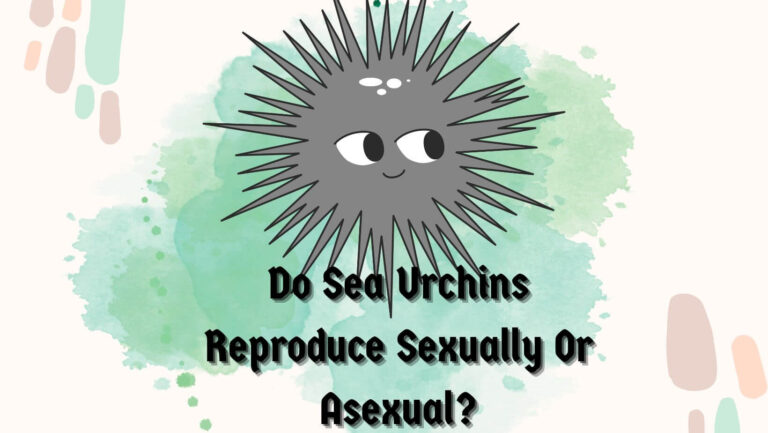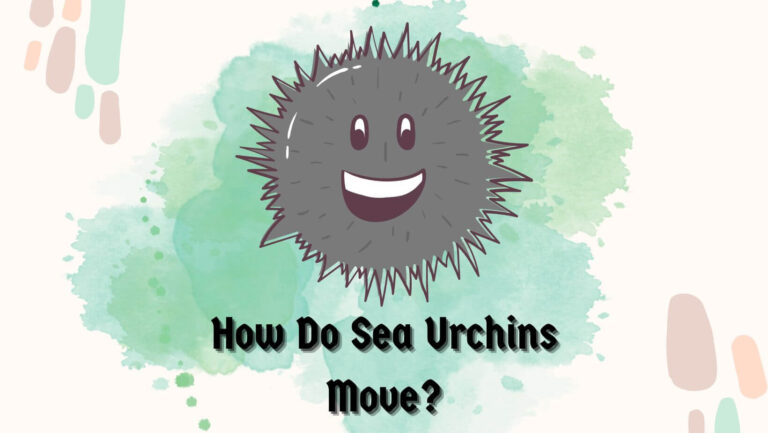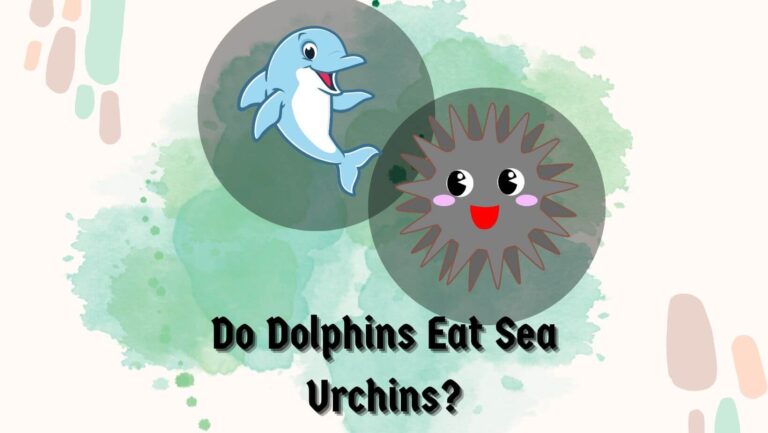
Sea urchins maintain homeostasis, or the stability of their internal environment, through various physiological processes, including diffusion. Diffusion is the passive movement of molecules or ions from an area of higher concentration to an area of lower concentration. It plays a crucial role in helping sea urchins regulate their internal environment.
How Diffusion Affects The Sea Urchin?
Sea urchins have a water vascular system, which consists of a network of canals and tube feet that extend from their bodies. This system aids in gas exchange, nutrient distribution, waste removal, and osmoregulation. Diffusion is involved in several aspects of maintaining homeostasis in sea urchins:
Do sea urchins have homeostasis?
Yes, sea urchins have homeostatic mechanisms. Homeostasis refers to the ability of an organism to maintain a stable internal environment despite external fluctuations. Sea urchins regulate their body temperature, osmotic balance, pH levels, and other physiological parameters within a relatively narrow range.
They have adaptations and physiological processes, such as osmoregulation, gas exchange, and waste elimination, that help them maintain homeostasis in response to changes in their marine environment.
1. Gas Exchange:
Sea urchins rely on diffusion to exchange oxygen and carbon dioxide with their surrounding environment. Oxygen from the water diffuses into their tube feet and then into the coelomic fluid, which fills the internal body cavity of the sea urchin. Carbon dioxide, a waste product of metabolism, diffuses in the opposite direction, from the coelomic fluid into the tube feet and finally into the water.
2. Nutrient Absorption:
Sea urchins obtain nutrients by absorbing dissolved organic molecules from the water. These molecules, such as sugars and amino acids, diffuse from areas of higher concentration in the water to areas of lower concentration in the sea urchin’s body. The digestive system of the sea urchin plays a crucial role in breaking down complex food particles into simpler molecules that can readily diffuse across cell membranes and be utilized for energy and growth.
3. Waste Removal:
Diffusion is also involved in the removal of metabolic waste products from sea urchins. Substances like ammonia, urea, and other nitrogenous wastes diffuse from the sea urchin’s cells into the coelomic fluid. From there, they can be transported to specialized excretory structures, such as the sphaeridia or the madreporite, and eventually eliminated from the body.
4. Osmoregulation:
Sea urchins need to maintain the balance of water and solute concentrations within their bodies to ensure proper cell function. They achieve osmoregulation through diffusion and active transport processes. Water moves in and out of their body through osmosis, while ions and other solutes are regulated through diffusion across cell membranes and specialized transport mechanisms.
In summary, sea urchins maintain homeostasis through various physiological processes, including diffusion. By utilizing diffusion, sea urchins exchange gases, absorb nutrients, remove waste products, and regulate the balance of water and solutes within their bodies. These mechanisms enable them to thrive in their marine environment and maintain the stability of their internal conditions.
5. Sensory Functions:
Diffusion also plays a role in sensory functions of sea urchins. Sea urchins have specialized sensory cells located on their tube feet and spines, which allow them to detect and respond to their environment. Diffusion enables the movement of signaling molecules, such as neurotransmitters or chemical cues, between these sensory cells, allowing for communication and coordination of various physiological processes.
It is important to note that while diffusion is a significant process in maintaining homeostasis in sea urchins, it is not the sole mechanism involved. Other active transport processes, such as facilitated diffusion and active transport powered by ATP, also contribute to the regulation of specific molecules and ions within the sea urchin’s body.
Overall, diffusion plays a vital role in helping sea urchins maintain homeostasis by facilitating the exchange of gases, nutrients, waste products, and ions between their internal environment and the surrounding seawater. This passive process, combined with other active transport mechanisms, ensures that sea urchins can regulate their internal conditions and adapt to changes in their marine environment, allowing them to thrive and survive in their habitat.
How does pH affect sea urchins?
pH levels significantly influence sea urchins. Sea urchins, like most marine organisms, have specific pH ranges within which they can function optimally. Variations in pH can impact their physiology, including their growth, reproduction, metabolism, and overall health. Acidic or alkaline conditions outside their preferred pH range can disrupt ion regulation, enzyme activity, and other cellular processes, potentially leading to physiological stress and negative impacts on their survival and well-being.
How does ocean acidification affect sea urchin larvae?
Ocean acidification, caused by increased carbon dioxide absorption by seawater, affects sea urchin larvae in several ways. Acidified seawater reduces the availability of carbonate ions, hindering the ability of larvae to form their calcium carbonate skeletons and shells. This can lead to developmental abnormalities, reduced growth rates, and increased vulnerability to predation. Additionally, acidified conditions may impact larval survival, settlement, and metamorphosis, ultimately affecting the recruitment and population dynamics of sea urchins. Ocean acidification poses significant challenges for the early life stages of sea urchins and can have broader ecological consequences for their populations and the marine ecosystems they inhabit.
How does osmosis help maintain homeostasis?
Osmosis is a process that helps maintain the balance of water and solutes within an organism’s body, contributing to homeostasis. Sea urchins, like other marine organisms, live in a saline environment. Osmosis allows water to move across their cell membranes, from areas of lower solute concentration to areas of higher solute concentration, in order to balance the solute concentrations on both sides. This movement of water helps sea urchins regulate their internal fluid balance and prevent excessive water loss or gain, ensuring proper cell function and overall physiological stability.
How does exocytosis help maintain homeostasis?
Exocytosis is a cellular process that plays a role in maintaining homeostasis by allowing the secretion and removal of substances from within the cell. In sea urchins, exocytosis is involved in various physiological functions. For example, sea urchins use exocytosis to release enzymes for digestion, to secrete substances that contribute to their skeletal growth, and to remove waste products from their cells. By facilitating the controlled release of substances, exocytosis helps maintain the internal balance of sea urchins’ cellular environment and supports overall homeostasis.
Oceanic acidification and sea urchins
Ocean acidification is a significant consequence of increased carbon dioxide (CO2) levels in the atmosphere. As CO2 dissolves in seawater, it forms carbonic acid, leading to a decrease in seawater pH. This shift towards acidity has several impacts on marine ecosystems, including sea urchins.
Sea urchins are highly sensitive to changes in seawater chemistry, particularly variations in pH levels. Ocean acidification poses a considerable threat to these organisms and can have far-reaching ecological implications. Here’s how sea urchins are affected by ocean acidification:
1. Calcium Carbonate Formation:
Sea urchins, like many marine organisms, rely on calcium carbonate to build their shells and skeletons. However, under more acidic conditions, the availability of carbonate ions decreases. This makes it challenging for sea urchins to build and maintain their calcium carbonate structures. Weaker shells and skeletons can lead to increased vulnerability to predation and other threats.
2. Growth and Development:
Ocean acidification can hinder the growth and development of sea urchins. As their ability to form calcium carbonate structures is compromised, it can affect their overall growth rates and size. Larval development may also be impacted, with studies indicating slower growth and reduced survival rates in sea urchin larvae exposed to acidified conditions.
3. Reproduction and Recruitment:
Successful reproduction and recruitment of new sea urchin individuals are vital for maintaining stable populations. However, ocean acidification can disrupt these processes. Studies have shown that acidified conditions can affect sea urchin reproductive behavior, gamete quality, fertilization success, and larval survival. These effects can lead to reduced recruitment rates and population declines.
4. Feeding and Ecosystem Interactions:
Sea urchins play a crucial role in marine ecosystems by grazing on algae and controlling their growth. However, under acidified conditions, sea urchin feeding behavior may be altered. Some studies suggest that acidification can impact their feeding rates, digestion, and overall energy balance. Changes in sea urchin grazing activity can have cascading effects on the abundance and composition of algal communities, with potential repercussions for the entire ecosystem.
Summary
In conclusion, diffusion is an essential mechanism through which sea urchins maintain homeostasis. By relying on the passive movement of molecules and ions, sea urchins can carry out processes such as gas exchange, nutrient absorption, waste removal, and osmoregulation. These physiological functions are crucial for their survival and enable them to adapt to their dynamic marine environment.






